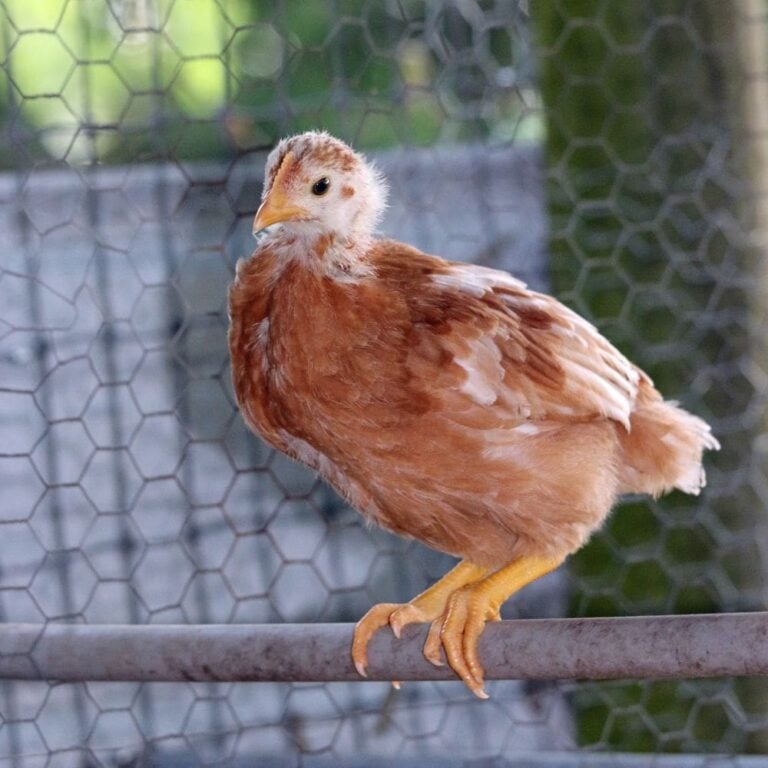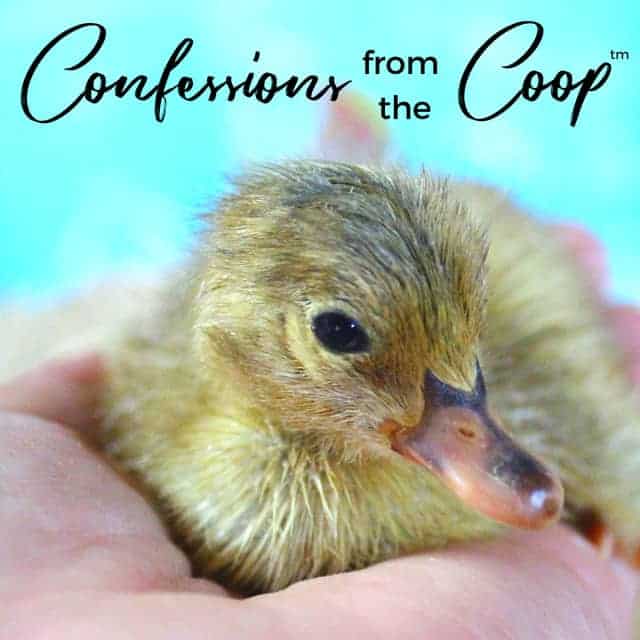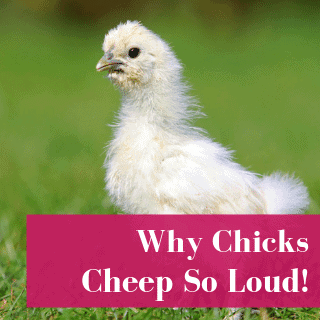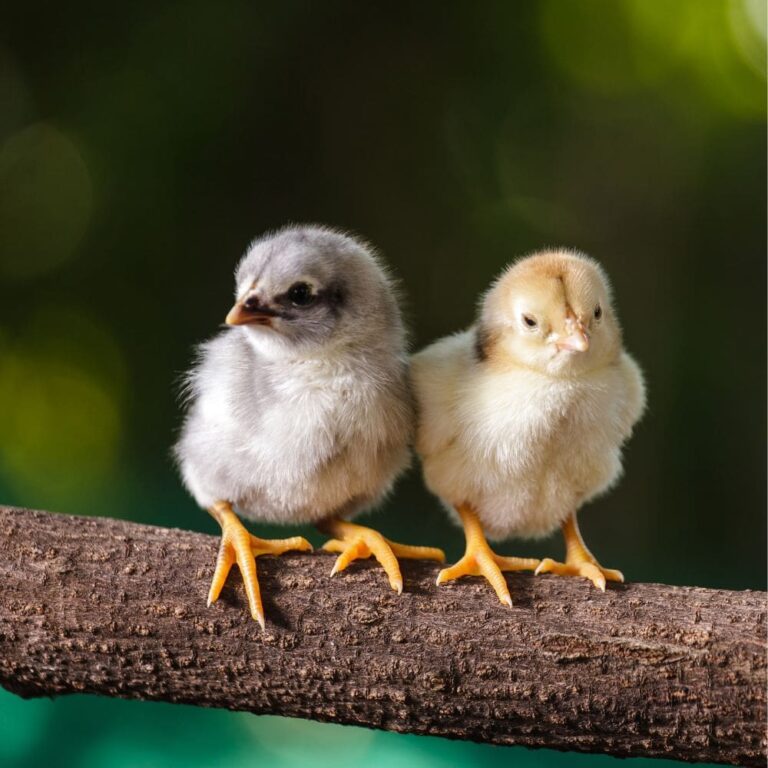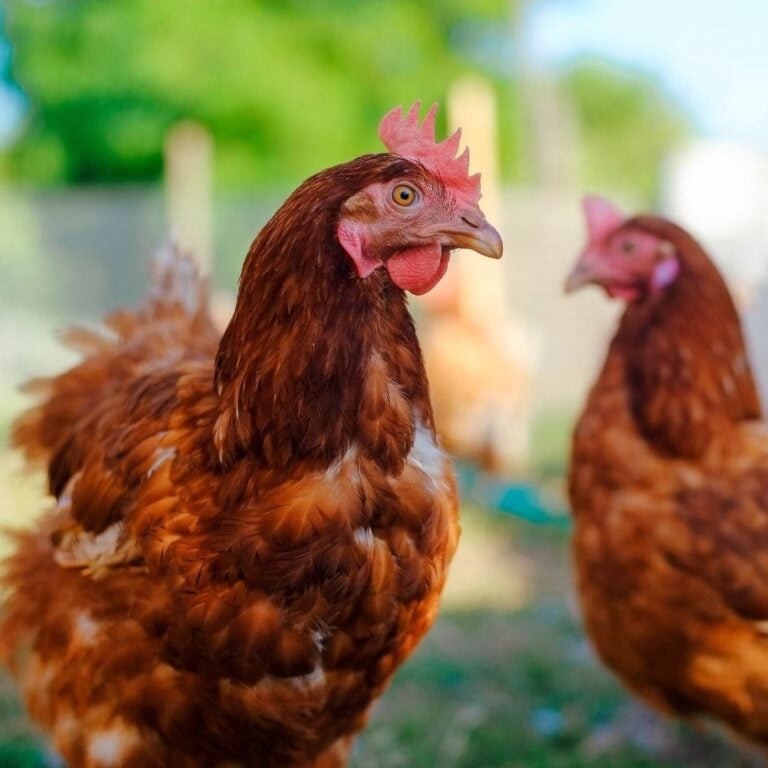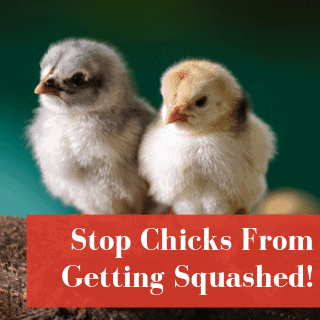Table of Contents (Quickly Jump To Information)
As we move through the process of raising baby chicks, we want to address some potential problems you may encounter. One of these is an issue known as piling.
Piling occurs when baby chicks clump together for safety. For example, if it’s cold or dark, then the chicks might lay on top of each other. This makes sense from an evolutionary standpoint. It’s not much different than mammals gathering together in a close-knit group to stay calm and keep away the chill.
The Downside Of Piling
Unfortunately, when 10 to 15 chicks pile together, some may get crushed or suffocate. Particularly if they are in a brooder or another enclosed area (you can learn how many chicks should be in a brooder here). The reason for this? Even though baby chicks are incredibly independent, they are still fragile. Bantams in particular.
These chicks are so tiny that they get lost in the melee to gather together. If a bantam is weaker or not growing as well as the others, this also leads to a greater risk of being crushed. In addition, since bantams get colder faster, there’s a likelihood of them piling up more frequently.
How To Minimize Piling Risks
Regardless if they’re bantams or full-size, chicks have a harder time keeping warm. And if the smaller chicks are mixed with normal sized ones, there’s a potential for greater damage. In the end, the way to minimize piling risks is to separate the chicks by size and make sure there’s no more than 10-15 chicks in the brooder.
Not too long ago, we received a batch of bantams and full-size chicks from a hatchery. The first thing we did is to separate them out, so the smaller chicks didn’t get crushed by a wall of bigger ones. Overall, we were able to maintain the safety of all of them.
Another way to minimize piling is to keep baby ducks and chicks in different brooders. Infant ducks tend to be bigger and heavier. Even though their interactions may be cute, a baby duck sitting on a day-old chick can cause fatal injuries.
A third way to prevent piling is to provide different heat sources, especially in enclosed spaces. With these units added throughout the brooder, the chicks can move to another source of warmth if the first one is too crowded. Be sure the brooder doesn’t get too hot, though!
Get Your Chicks To Thrive
As you would do with babies in your care, you want to ensure your chicks are well protected. This means shielding the smaller, fragile ones from being crushed when a group decides to pile together. By separating bigger chicks from smaller ones, as well as providing multiple heat sources, you can reduce this risk. In turn, you will end up with a healthy flock of chickens in a variety of sizes.
Maat van Uitert is a backyard chicken and sustainable living expert. She is also the author of Chickens: Naturally Raising A Sustainable Flock, which was a best seller in it’s Amazon category. Maat has been featured on NBC, CBS, AOL Finance, Community Chickens, the Huffington Post, Chickens magazine, Backyard Poultry, and Countryside Magazine. She lives on her farm in Southeast Missouri with her husband, two children, and about a million chickens and ducks. You can follow Maat on Facebook here and Instagram here.

